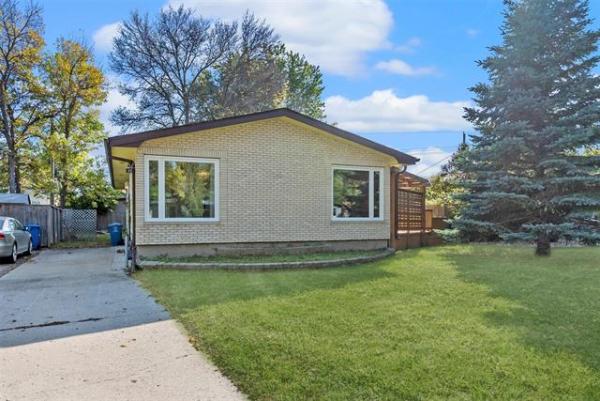QUESTION: I am in need of floor-covering advice for our basement. It will be installed directly onto the concrete. I am desperately trying to avoid using carpet there. A subfloor is cost-prohibitive. Do you have any suggestions?
Thank you. Lianne.
ANSWER: Installing floor covering in basements poses a different set of concerns than in other areas of the home. Normally appearance, ease of care, comfort, durability and cost are the major criteria in deciding on a floor covering. While all of these still to the basement, moisture issues pose an additional worry.
Many homeowners opt for basement carpeting that has a thick foam underlay because of the very rigid surface in a basement floor. This may have the foam bonded directly to the underside of the carpet, or separately installed prior to laying the carpet.
While this is often the most economical and simple option, it can cause problems. Because the foam underpad is typically composed of synthetic materials, it can be somewhat of an air/vapour barrier, causing the foam pad to trap moisture beneath the surface.
On a warm, dry surface like a typical plywood subfloor, this would not be an issue. But basement concrete floor slabs can be significantly colder than the rest of the air in the surrounding room, so condensation is a possibility.
If your basement has high relative humidity, on any given day the moisture in the air could condense when it hits the cold concrete surface. If this moisture is covered with a carpet and foam pad, it can become trapped, and mould growth or damp carpeting is likely.
There are normally two proper approaches to avoid the possibility of condensation and moisture issues.
The first method to prevent mould growth is to install floor coverings that "breathe" -- flooring that dries quickly if it becomes wet or if moisture is trapped underneath. But this can be difficult to accomplish without installation of a subfloor which, as you note, can be costly.
A subfloor that is slightly raised off the concrete creates an airspace that will promote drying. It can also have the added benefit of warming the surface of the floor covering by creating a thermal break between the concrete and the flooring. In my opinion, this is the best option as it will not only prevent moisture damage but provide a more comfortable floor to walk on.
The traditional method of installing a basement subfloor is to install "sleepers" or strapping on the floor out of narrow strips of wood. Cedar has often been used for this purpose because of its natural resistance to rot. The benefit of this labour-intensive method is that the wood strapping can be shimmed to accommodate the typically uneven surface of a basement floor slab, allowing a more level and even surface.
But all this comes at a cost -- it can take several hours to properly shim and install a traditional subfloor.
A more modern approach is to use modular subfloor products that have synthetic membranes bonded to the underside. These plastic membranes have dimples or ridges that allow only partial contact with the concrete floor. Air is allowed to flow below the synthetic surface, acting much like the sleepers in a traditional wooden subfloor. This airspace, combined with small vent cut-outs at the perimeter, prevents condensation by allowing damp, moist air to escape. Once installed, there are many choices of floor coverings.
If you decide that installation of a proper subfloor is not within your budget, there are a couple of more economical possibilities. Ceramic or stone tiles may be laid directly over a concrete floor if it is not overly cracked or heaved. This material will not provide much additional warmth, but will be very durable if installed properly.
The main drawback is that tiles are not only very hard, but also brittle. If there is any significant movement or heaving in the concrete, which is always a strong possibility, the tiles can crack.
Another option is laminate flooring, which is becoming a more commonly used product in basements. While it's not very moisture-resistant and would not be my first choice, the newer types have foam bonded directly to the underside of the laminate surface and may resist damage.
The good news is that this product is easily installed without fasteners or adhesives, and sections can be removed and replaced if it does become wet. I'd recommend buying extra sections in case this is required down the road.
While I understand your reluctance to install a subfloor due to the cost, I would strongly advise it. While installing carpet directly on a concrete basement floor is not a great idea, there are lots of other options if a proper subfloor is laid down.
Ari Marantz is the owner of Trained Eye Home Inspection Ltd. and the president of the Canadian Association of Home & Property Inspectors -- Manitoba (www.cahpi.mb.ca). Questions can be emailed to the address below. Ari can be reached at (204) 291-5358 or check out his website at www.trainedeye.ca.
trainedeye@iname.com



